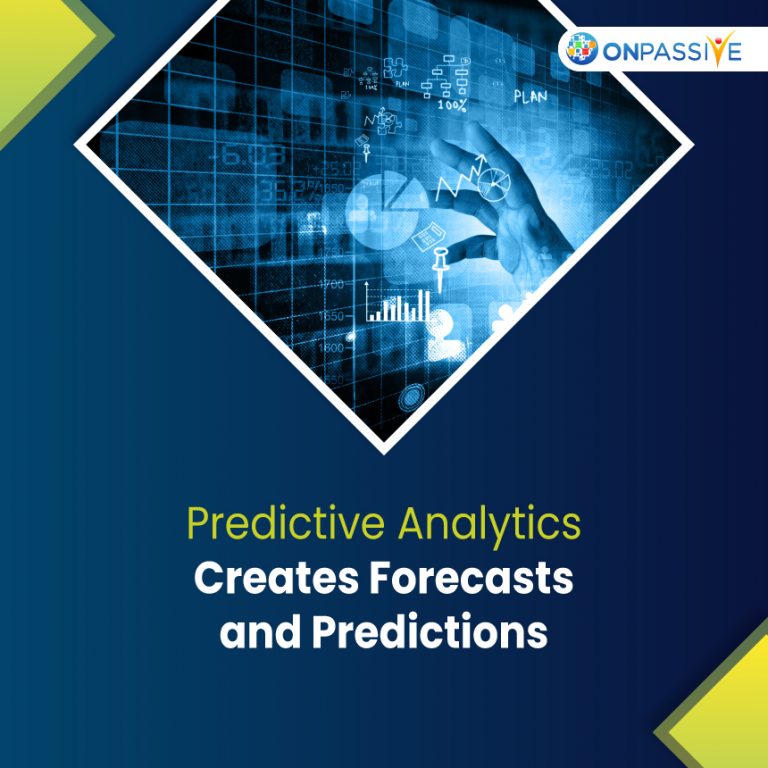
Over the last five years, the terms “predictive analytics,” “advanced analytics,” “machine learning,” and “artificial intelligence” have been used interchangeably. However, despite the ambiguity around the world, few businesses are reaping the benefits of incorporating AI predictive analytics into production systems to help change their businesses.
The phrase “prescriptive analytics” is now gaining popularity. Is prescriptive analytics simply another way of phrasing predictive analytics, or is it just another useless phrase thrown about by software corporations and data scientists to amaze and perplex?
The quick answer is a resounding “NO”. Predictive and prescriptive analytics, when done properly, give significant insights that assist any business make better decisions, enhance productivity, save expenses, and increase revenue. However, the two advanced analytics techniques and how they are applied differ significantly.
Let’s start with a discussion of the many forms of business analytics available. The Gartner Analytics Ascendency Model, as established by Gartner in 2012, is shown in this graph. Although the graphic is a little deceptive – most successful firms use all of these sorts of analytics approaches and do not “evolve” from one to the next – it does provide some insight into how different analytics methods are valued depending on the complexity of implementation.
First, a brief overview of each form of analytics and how they are applied, followed by a discussion of predictive and prescriptive analytics.
What Is Descriptive Analytics?
Descriptive analytics gives you a bird’s-eye perspective of your company’s important KPIs and metrics. This is the most often used form of analytics nowadays. The profit and loss statement is a common example of descriptive analytics. An example is a breakdown of a company’s client base: 20% of our consumers are stay-at-home moms, while 30% work part-time. Using BI visualisation tools like Tableau or Qlik may assist in bringing descriptive analytics to life, particularly for a business audience.
What Is Diagnostic Analytics?
The next level of complexity for business analytics is diagnostic analytics. Diagnostic, analytical tools allow users to dive deep into descriptive analytics data to find the core cause of problems and make better decisions.
Diagnostic analytics is made possible by BI visualisation solutions such as Tableau and Qlik, which allow users to visually explore data by clicking on different parts of a chart or graph to learn more about a certain statistic or metrics. For example, a retail chain can look at the numbers for an underperforming store to determine if any factors are causing the decline in sales, such as weather or employee turnover, and gain insight into how to fix the problems.
What is Predictive Analytics?
AI Predictive analytics allows you to see into the future. Predictive models developed with machine learning give the required insight and speed, whether it’s projecting the chance of a client churning or estimating overall revenue next quarter.
Predictive analytics searches for trends in historical data and statistical modelling to develop a predictive model that can anticipate what will happen when fresh data is introduced. For example, a financial institution’s business analyst can create a predictive model based on the company’s previous loan performance to forecast whether a new loan application would fail on a loan, assisting loan assessors in deciding whether or not to make the loan. These prediction models provide deeper insights into human decision-making, helping people to make better-informed judgments.
Prescriptive analytics builds on predictive models’ “what will happen” insights to assist you to figure out why something happened and what action you can take to impact the optimal outcome. Based on the existing situation, a prescriptive analysis usually suggests several viable actions.
The traffic app on your smartphone, which helps you pick the best route home after work, is a great example of prescriptive analytics. This software considers the distance of each route, the speed at which you may drive on each section, and, most significantly, the present traffic condition. The programme can prescribe the most effective path for your travel home from work at that moment by evaluating all of this data.
Even though most businesses use descriptive and diagnostic analytics, many have yet to incorporate AI predictive analytics into their operations. Even fewer are employing prescriptive analytics to give meaningful next steps for resolving issues identified by predictive analytics.
Adoption Of Predictive And Prescriptive Analytics
There are several compelling reasons for the slow adoption of predictive and prescriptive analytics, the most important of which is a skills scarcity in data science that affects all except the largest businesses. There just aren’t enough competent data scientists for every organisation to benefit from predictive and prescriptive analytics, and the scarcity will only become worse as the demand for data scientists grows.
The good news is that sophisticated analytics is increasingly becoming automated. AutoML solutions combine the experience and talents of professional data scientists with the freedom and agility of massively scaled software platforms, all while providing features that enable business analysts and users to build advanced analyses. In a nutshell, AutoML systems enable non-technical business analysts to do sophisticated analyses.
Conclusion
An all-inclusive solution for Auto ML and advanced analytics is provided by a genuine AutoML system. AutoML systems assist companies in developing and deploying AI solutions that span predictive and prescriptive analytics and can be produced by almost anybody inside the organisation, from data intake through model development to deployment.


